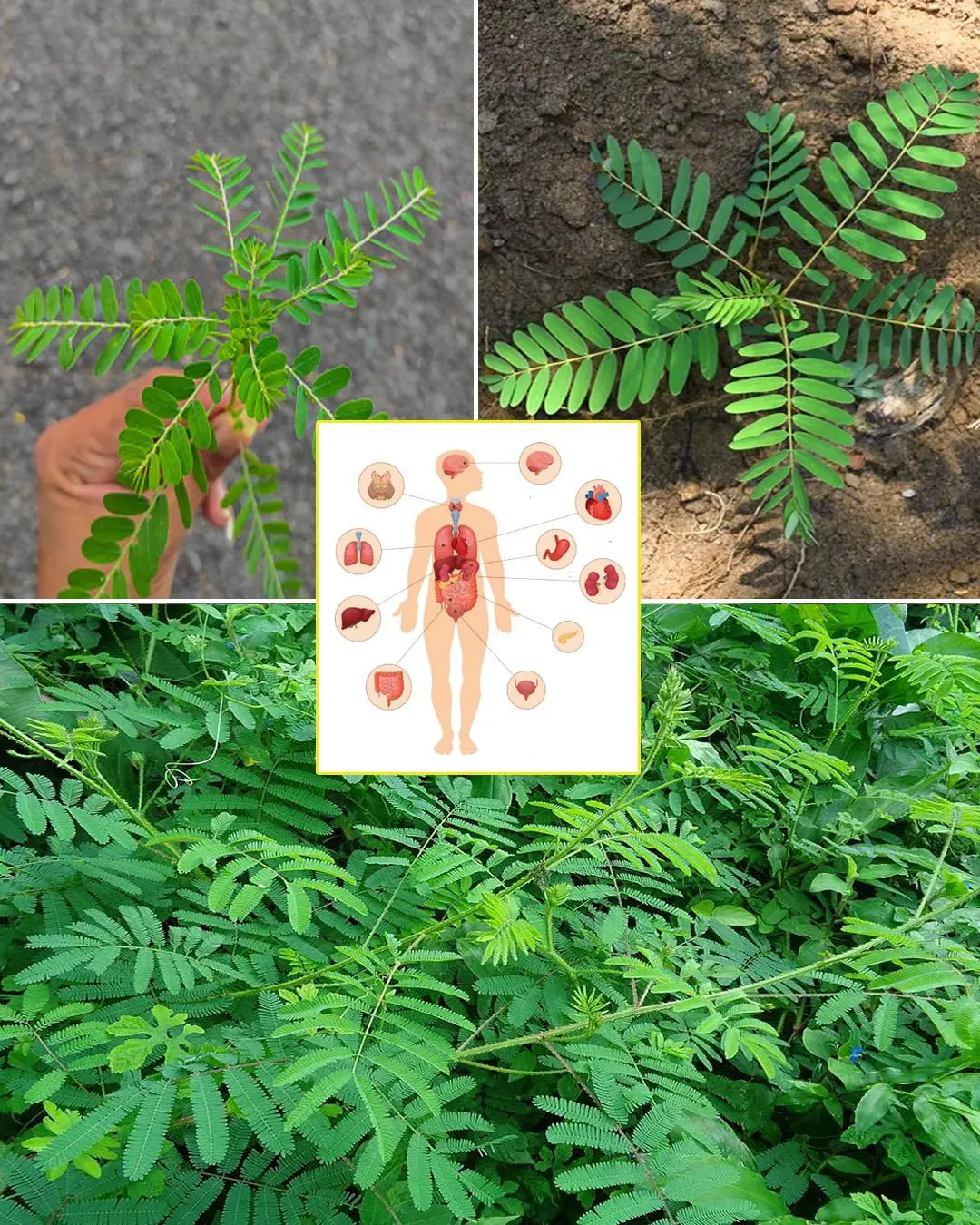
It's been a long time since I've seen this plant. It has good effects but is hard to find.
Medicinal Uses and Healing Properties of the Chua Le Plant (Emilia sonchifolia)
By Life & Wellness – September 5, 2025
Introduction: A Wild Herb with Powerful Healing Energy
The Chua Le plant, also known as Emilia sonchifolia (L.) DC. from the Asteraceae (Daisy) family, is a wild annual herb that grows abundantly across Vietnam. In different regions, it is also called Purple Tassel Flower, Lilac Tassel, or Rau chua lè in Vietnamese.
This humble weed thrives even in poor, sandy soils and sunny fields where other plants struggle to survive. Beyond its resilience, it offers both culinary and medicinal value, making it a treasured herb in traditional Vietnamese medicine.
Botanical Description
When young, Chua Le plants have round, lyre-shaped leaves that resemble those of the Gotu Kola (Centella asiatica). As they mature, the upper leaves become deeply lobed and feather-like, ending in oval or triangular tips. The plant produces pink to purple flower heads, which bloom beautifully before turning fluffy with age.
Its fruit is small and covered with fine bristles, allowing it to disperse easily by wind — one reason this plant is so widespread in Vietnam’s countryside, along rice fields, paths, and meadows.
Edible Uses: A Refreshing Summer Vegetable
Besides being a medicinal herb, Chua Le is also edible. In rural areas, people use its young leaves and tender shoots to make soups, boil with shrimp, or eat raw with dipping sauces. The flavor is mildly sour with a hint of bitterness — refreshing and unique.
At the beginning of the 20th century, some even suggested using Chua Le as a summer salad green, similar to lettuce, mixed with vinegar or oil dressing. Its slightly tangy taste helps stimulate appetite and aids digestion.
Because it grows well even in sandy or arid regions, Chua Le is considered a sustainable food source for local communities.
Medicinal Uses in Traditional Medicine
In traditional Vietnamese herbal medicine, the whole plant (fresh or dried) is used for treatment. It has a bitter taste, neutral nature, and provides the following key benefits:
-
Clears heat and detoxifies the body
-
Reduces swelling and inflammation
-
Promotes urination and relieves dampness
-
Heals wounds and treats infections
Typical dosage: 15–30 grams of dried herb per day (or 60–100 grams if using the fresh plant).
Common Healing Applications
-
Colds, Fever, and Sore Throat
The herb helps reduce fever and treat inflammation in the upper respiratory tract. It is often combined with other cooling herbs to ease flu symptoms, sore throat, or oral ulcers. -
Mild Pneumonia or Coughs
Drinking decoctions of Chua Le can soothe the lungs, reduce coughs, and improve breathing. -
Digestive Inflammation and Dysentery
Boil 60–100 grams of the whole plant in water and drink the decoction. It can also be combined with Sài Gút (Oldenlandia herbacea) — about 30–50 grams — to enhance anti-inflammatory effects. -
Urinary Tract and Reproductive Infections
Combine 30 grams each of Chua Le and Plantain (Mã đề), then boil and drink. This mixture helps relieve painful urination, frequent urination, or urinary inflammation. -
Skin Problems: Rashes, Sores, Eczema, and Boils
Fresh leaves can be crushed and applied directly to the affected area to draw out pus, reduce swelling, and speed up healing.
For measles or skin rashes, boil the stems and leaves in water and use it for bathing or washing the skin. -
Inflammations and Injuries
The plant can help treat mastitis (breast inflammation), orchitis (testicular inflammation), or minor wounds due to its antibacterial and anti-inflammatory nature.
Scientific Insight and Modern Interest (Expanded Section)
Modern studies have begun confirming some of the traditional claims. Extracts of Emilia sonchifolia show antioxidant, anti-inflammatory, and antimicrobial properties. Certain compounds such as flavonoids, alkaloids, and terpenoids contribute to its therapeutic potential.
Preliminary research suggests it may also help reduce blood sugar, protect the liver, and enhance immunity, though more clinical evidence is needed.
With increasing interest in natural remedies and sustainable herbal medicine, the Chua Le plant is now being revisited by researchers for its pharmacological value.
Precautions and Usage Notes
-
Use in moderation and under guidance from a qualified herbalist or physician.
-
Avoid if you are pregnant, breastfeeding, or allergic to plants in the daisy family (Asteraceae).
-
Always wash the herb thoroughly if harvested in the wild to remove dirt or potential contaminants.
Conclusion: A Hidden Treasure of Vietnamese Herbal Medicine
The Chua Le plant is a remarkable example of how nature hides healing power in the simplest forms of life. From its role as a modest wild vegetable to a potent traditional medicine, it serves as both food and remedy.
By appreciating and protecting plants like Emilia sonchifolia, we preserve not only biodiversity but also centuries of traditional wisdom passed down through generations.
So next time you come across a patch of purple Chua Le flowers on a roadside field, remember — this humble herb carries a quiet strength, nourishing the body and soothing the soul.
✅ Disclaimer: This article is for educational purposes only. Always consult your healthcare professional before using any herbal treatment.
News in the same category


3 Common Mistakes When Using Plastic Wrap That Can Cause Cancer and Are Often Made by Many People

What Do Vertical Nail Ridges Mean After 40

What Your Favorite Ice Cream Flavor Says About You
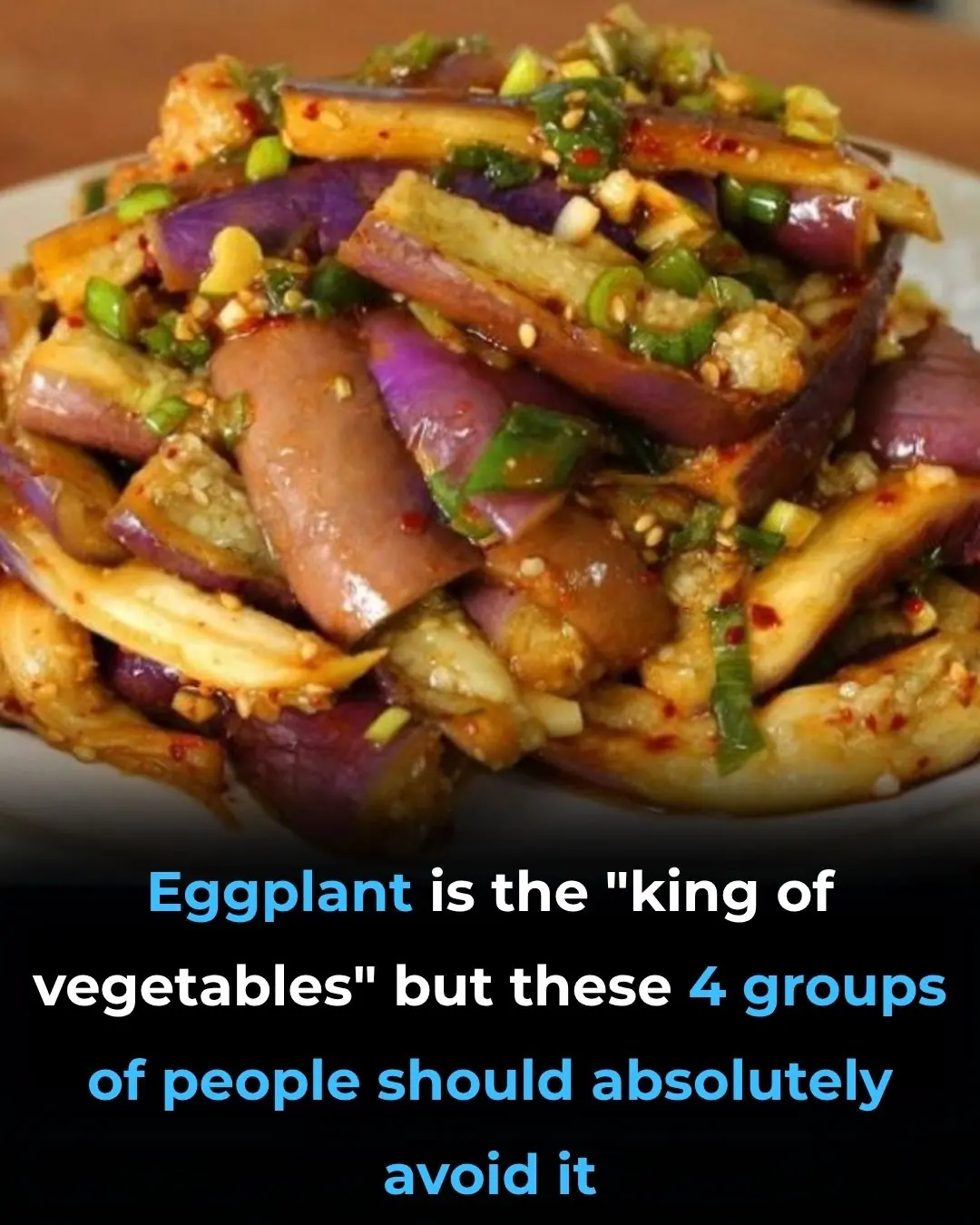
Eggplant The King of Vegetables

9 super effective 'anti-cluster' foods that help increase outstanding resistance

Drinking honey in the morning is good for digestion, but drinking it at 3 o'clock in the morning detoxifies the liver, making it twice as effective
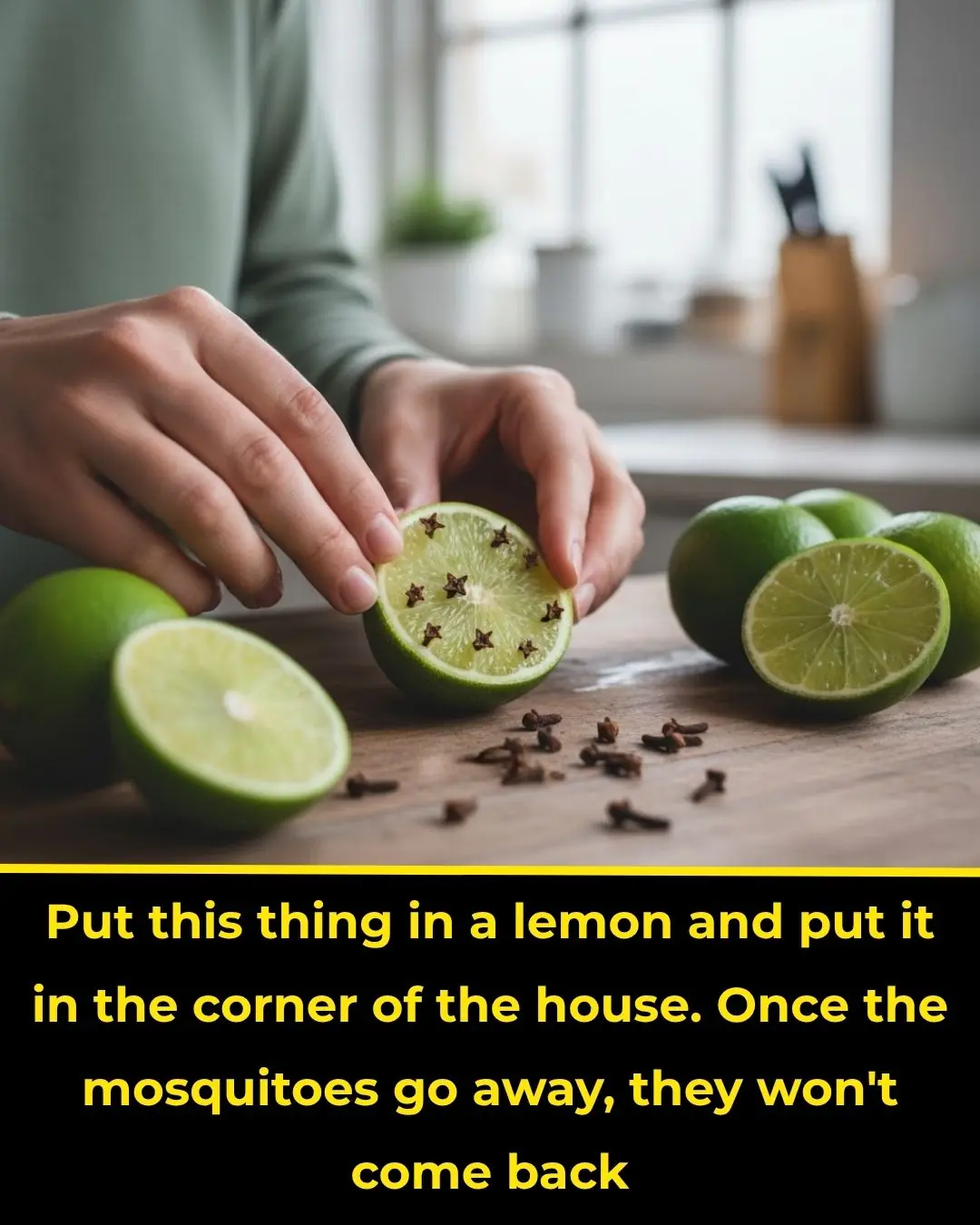
Put this thing in a lemon and put it in the corner of the house. Once the mosquitoes go away, they won't come back

The Mystery of the Milk Bottle Dent

Easy Trick Will Defrost Your Car Window in Seconds
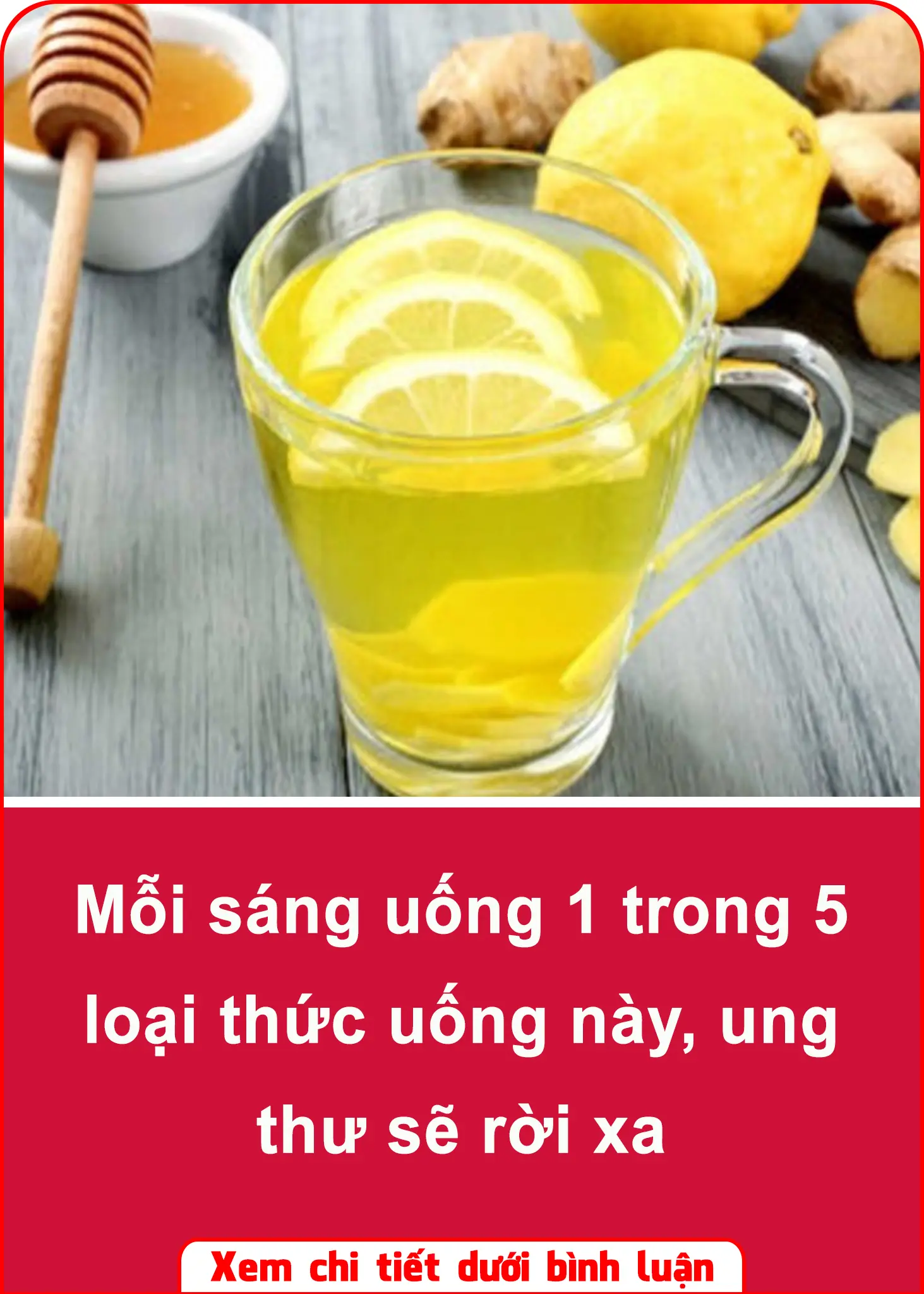
Drink 1 of these 5 drinks every morning and cancer will stay away 👇👇
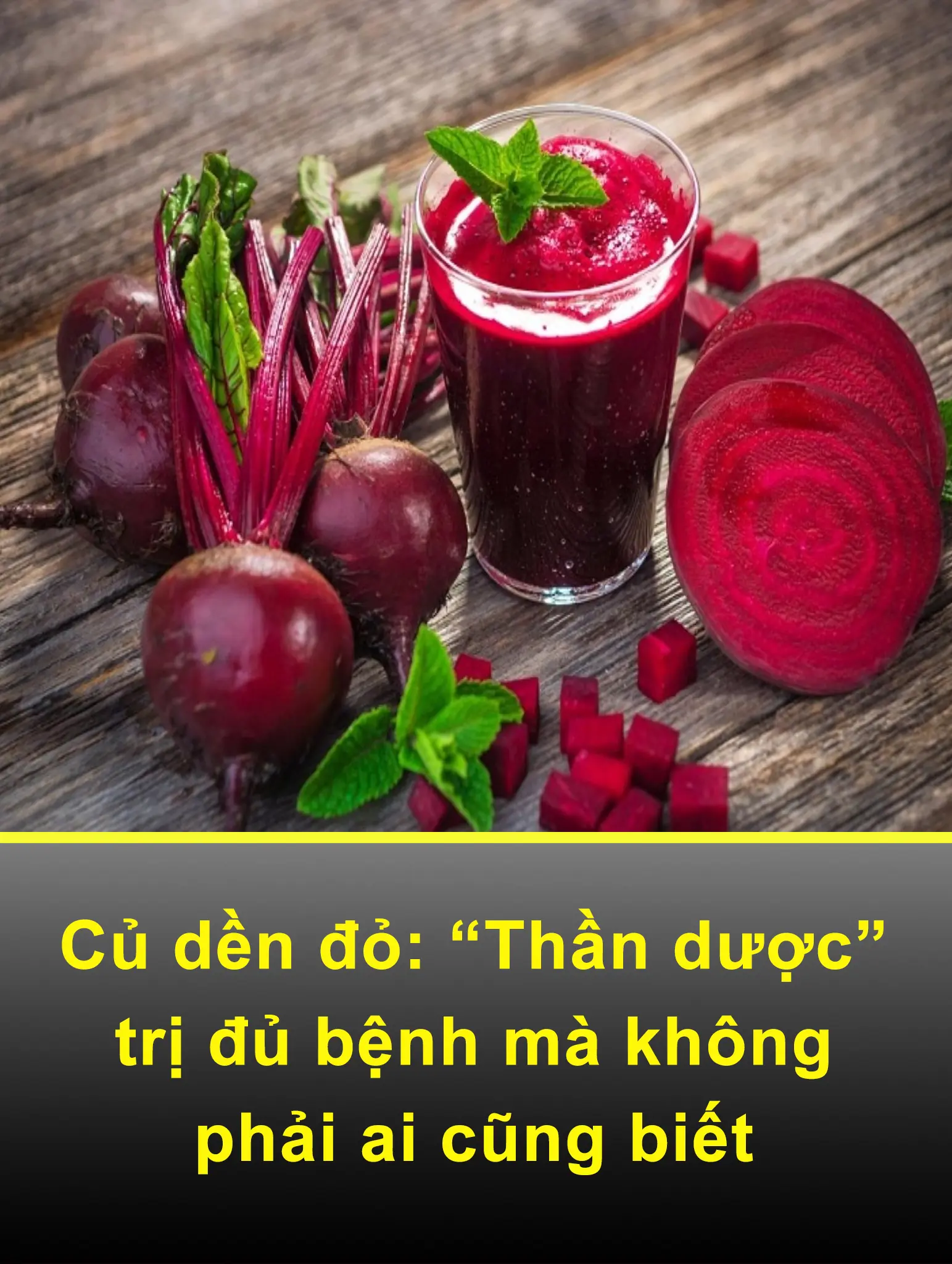
Red beetroot: "Miracle drug" that cures many diseases but not everyone knows 👇👇

The refrigerator gasket is moldy, use this to clean it, it will be clean in just 5 minutes
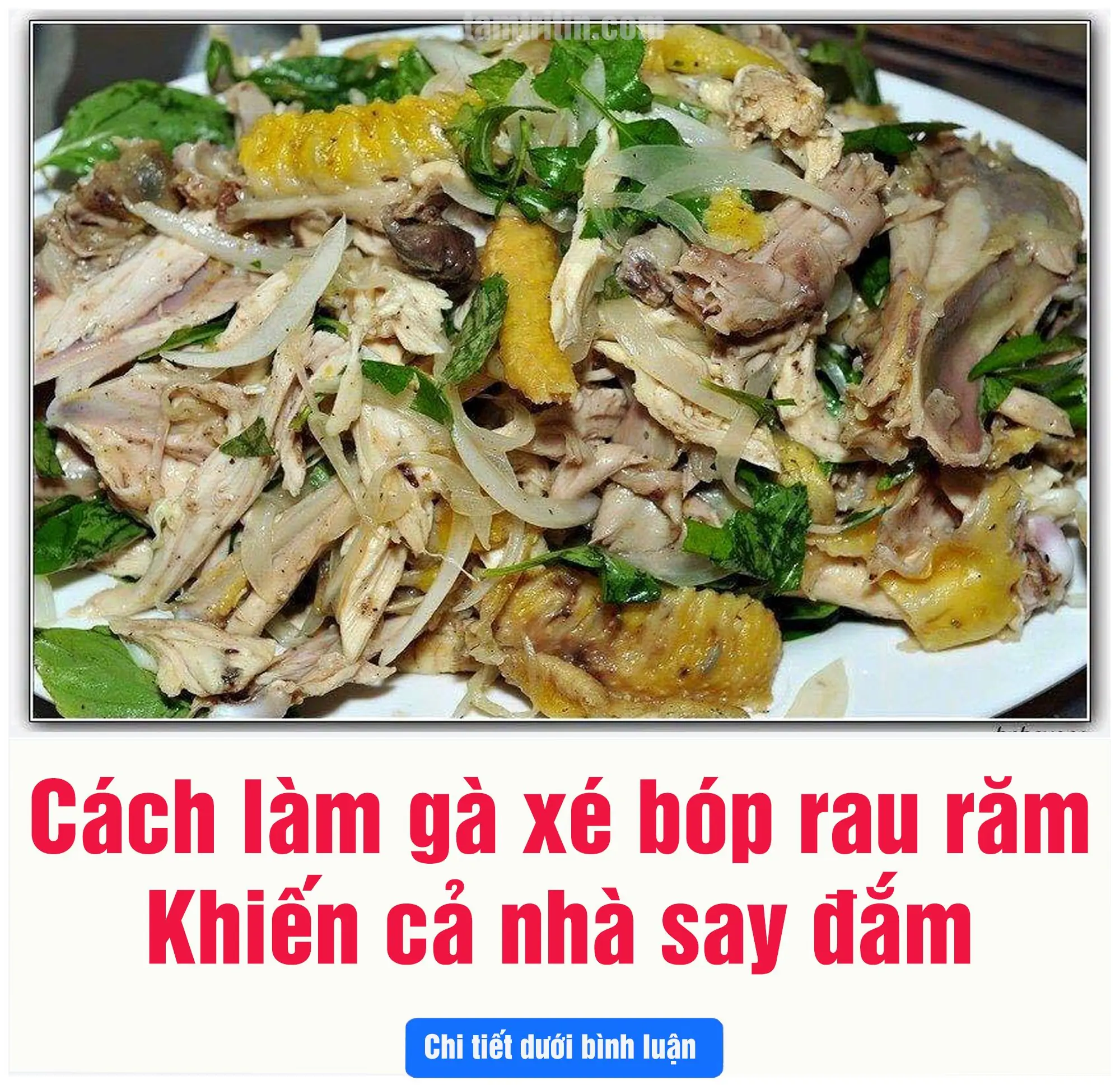
How to make chicken mixed with Vietnamese coriander that the whole family will love
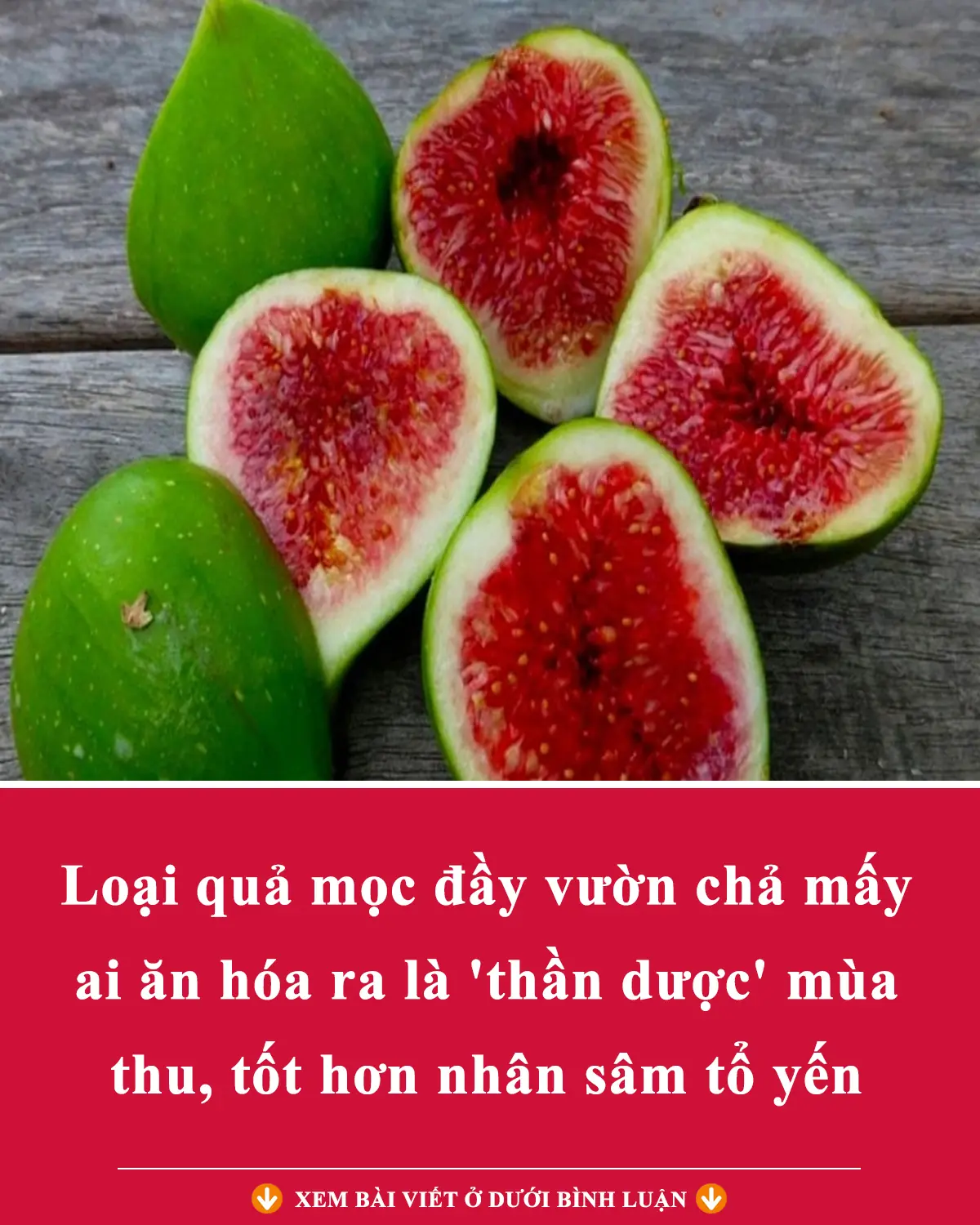
The fruit that grows in gardens and is rarely eaten turns out to be an autumn 'miracle drug', better than ginseng and bird's nest.
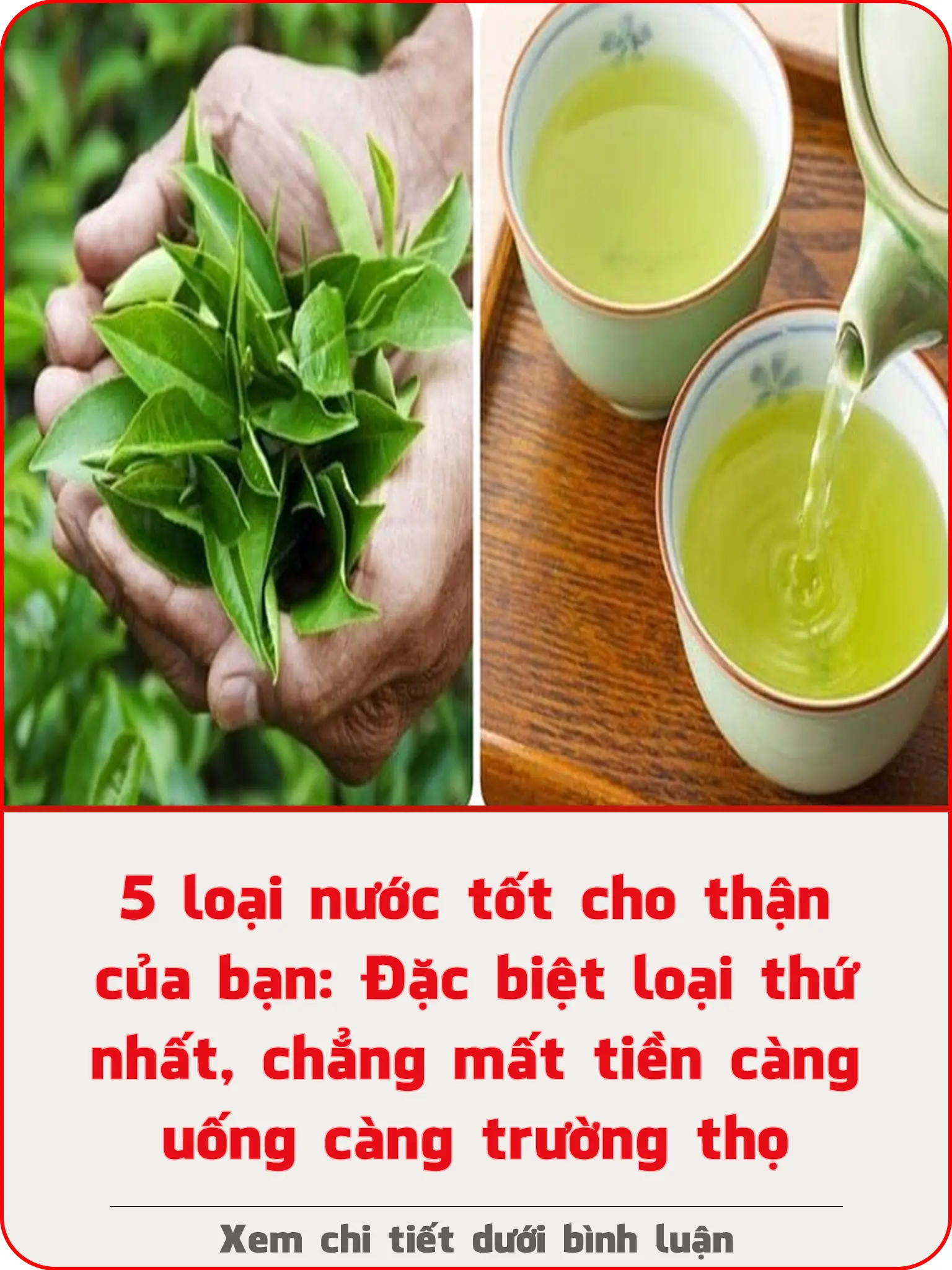
5 types of water good for your kidneys: Especially the first type, it's free and the more you drink it, the longer you live.
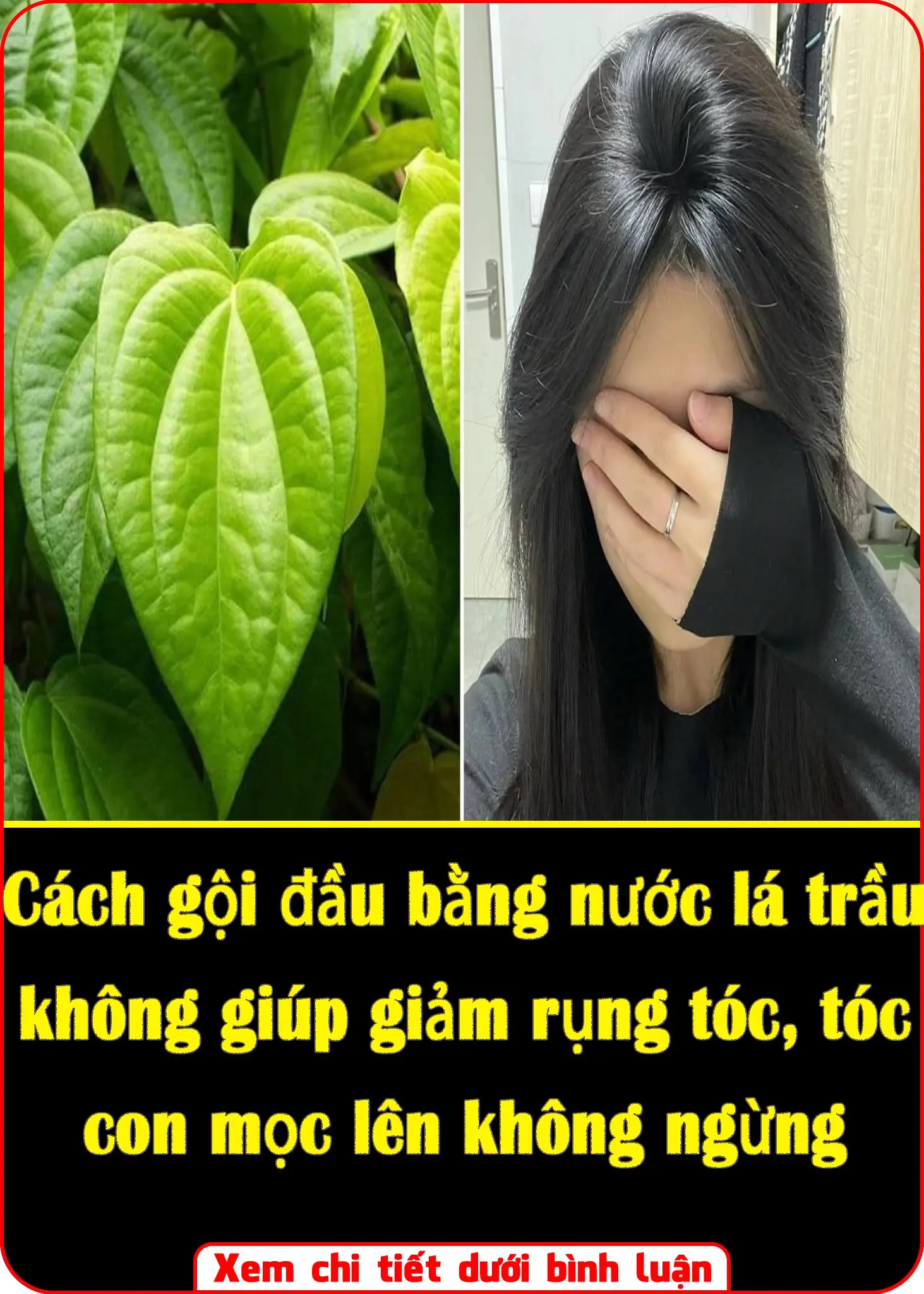
How to wash hair with betel leaf water helps reduce hair loss and makes new hair grow continuously
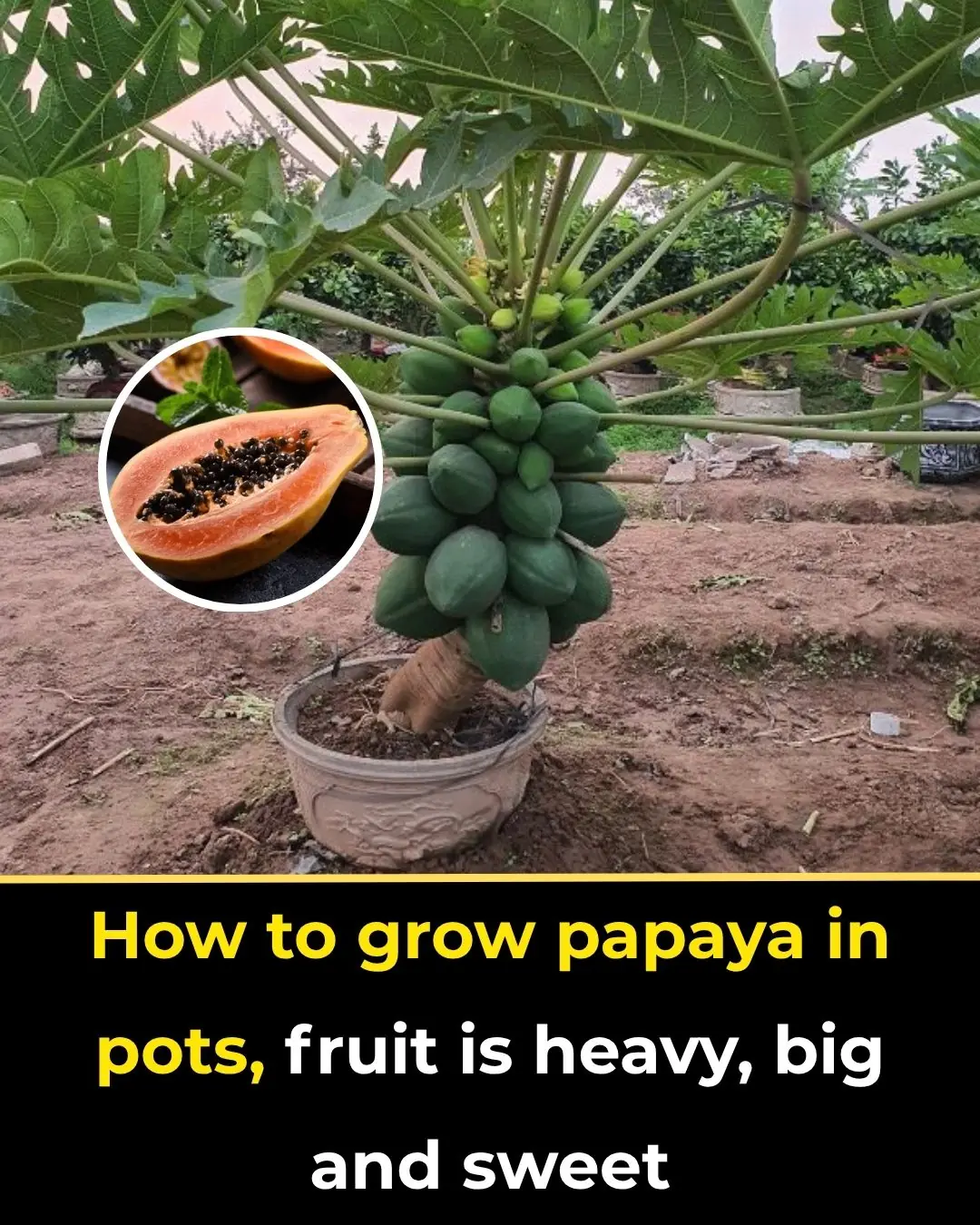
How to grow papaya in pots, fruit is heavy, big and sweet

Save millions of electricity bills every year by knowing how to clean this part of the rice cooker
News Post

Growing Wildflowers: A Mother’s Journey Through the Chaos

The Baby in Princess Diana’s Arms

A Lifetime in Bloom: Lois Shows Us What Passion Truly Grows

Farewell to a Giant Soul: Vatsala the Elephant Passes at 100

Keeping the Monsters Away: The Quiet Heroism of Foster Parents

From Sidewalk to Forever: A Daughter’s Choice That Changed Everything

A Thirst for Life: Cyclists Halt Ride to Save Parched Koala in Australia’s Heatwave

An Actor’s Greatest Role: Morgan Freeman Becomes a Guardian of Strays

When a Celebration Became a Goodbye: A Daughter’s Farewell to Her Faithful Companion

Bella the Hero: How a Pit Bull’s Loyalty Saved a Life

No Matter How Dirty You Are, Absolutely AVOID These 7 “Dangerous Hours” When Washing Your Hair to Prevent Stroke, Sudden Illness, or Hospitalization Without Warning

3 Common Mistakes When Using Plastic Wrap That Can Cause Cancer and Are Often Made by Many People

A Kiss from Joy: The Language of Love Between Elephants and Humans

What Do Vertical Nail Ridges Mean After 40

A Brave Fight for Life: Kuba’s Battle Against Ewing’s Sarcoma
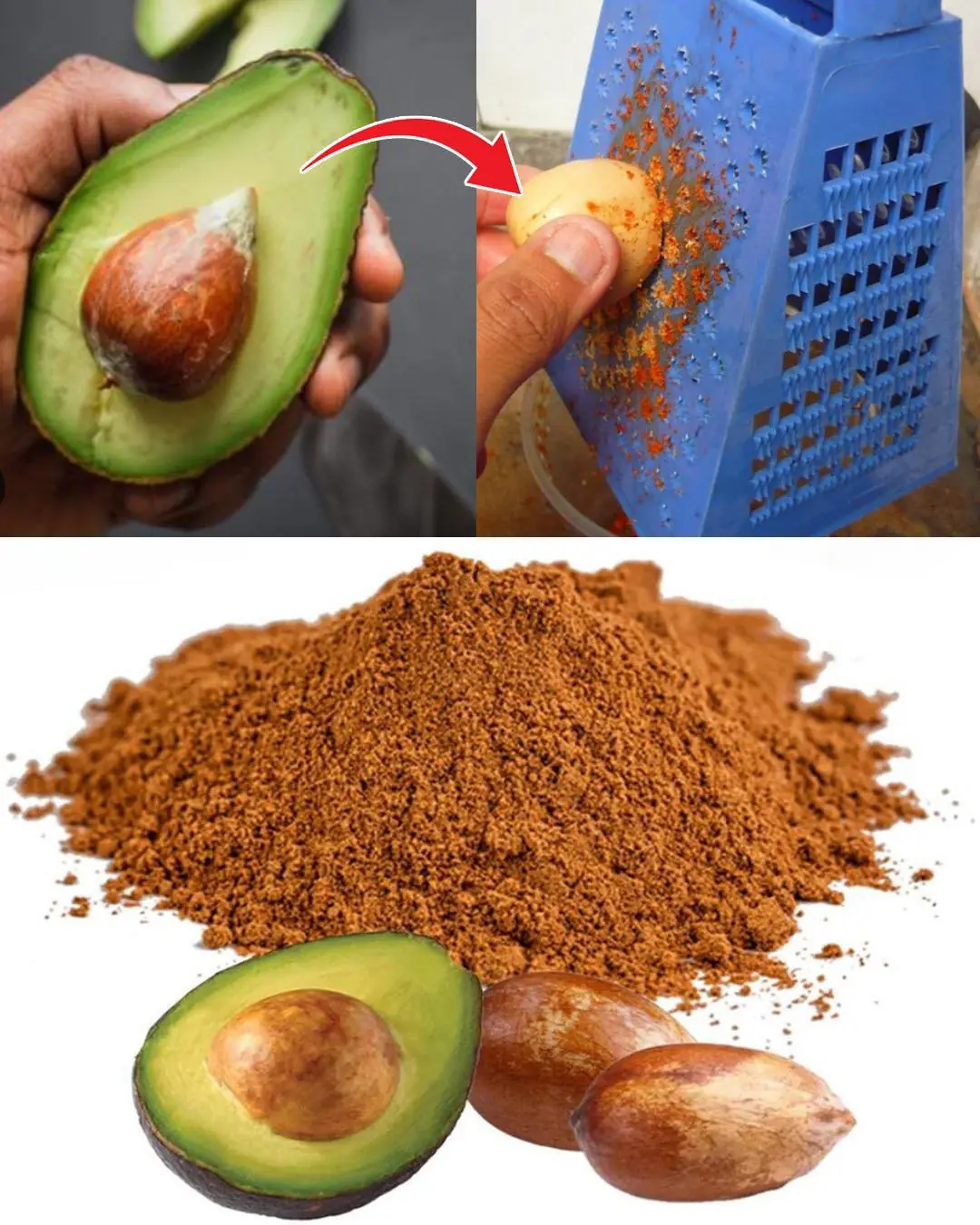
Avocado Seeds Benefits: 7 Reasons to use them

9 Signs You’re Actually Going Through Menopause (Even If You Didn’t Realize It)
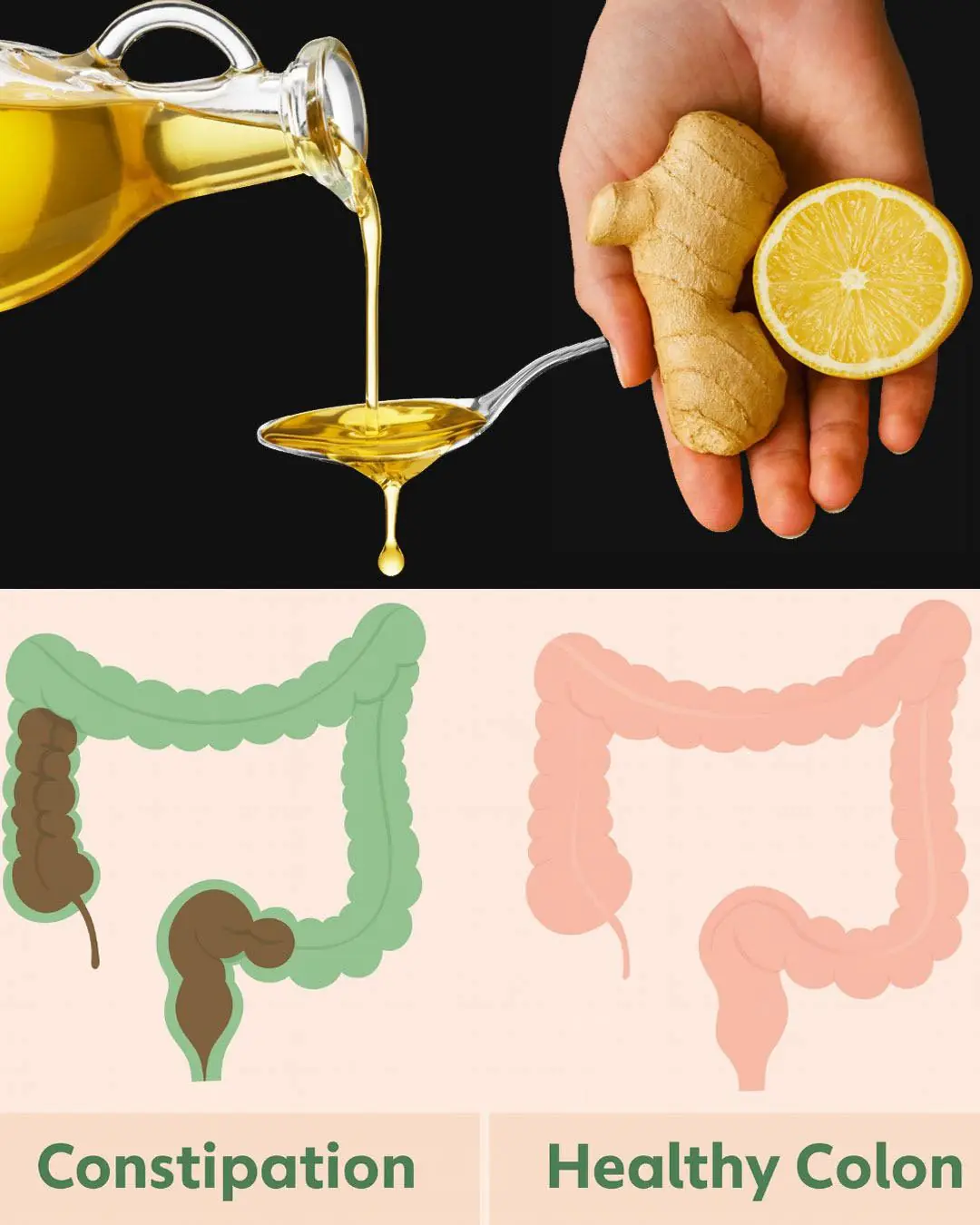
Morning Detox Elixir: Olive Oil, Lemon & Ginger – The Natural Cleanse You Need Daily

Nine Children in Dawsonville Get the Gift of a Bed, Comfort, and Peaceful Sleep
